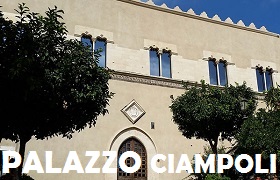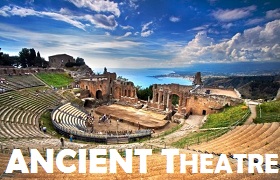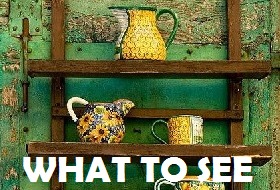TAORMINA
ANCIENT THEATRE
Is it Greek or Roman? This is a question that has always been open to debate among experts and critics. All their disputes would end if they remembered Taormina’s origins as a Greek “Polis” and the fact that each and every ancient Greek town had its own Theatre where they performed tragedies by Aeschylus, Sophocles and Euripides and comedies by Aristophanes, just to name the most famous authors.
The Taormina Ancient Theatre is the second-largest in Sicily after the one in Siracusa. All the Romans did later, in accordance with their well-known ostentatious nature, was enlarge the theatre as it was very small and it apparently took decades to build.
It is fifty metres wide, one hundred and twenty metres long and twenty metres high, which means that about 100,000 cubic metres of stone had to be removed. Further evidence that the Theatre is of Greek origin is in the well-cut bricks of Taormina stone (similar to marble) below the scene of the Theatre. These are a typical example of the ancient Greek building technique.


TAORMINA
ANCIENT THEATRE
The Taormina Ancient Theatre is divided into three main sections: the scene, the orchestra and the cavea. The scene is opposite the cavea and is obviously where the actors used to perform. There is now a large ten-metre long portion missing in the centre of the scene, supposedly caused by attacks during the wars. This serious damage to the theatre makes it nevertheless even more evocative due to the magnificent panorama (the bay of Naxos and Mount Etna) which can now be seen.
According to reconstructions by experts, the scene was decorated with two series of columns of the Corinthian order, recognizable due to the shape of the capitals and their acanthus leaf design; the acanthus is a wild Mediterranean plant. The orchestra of the theatre was the flat clearing in the centre which separated the scene from the cavea.
This area was for the musicians, but the choruses and dancers also performed there. The word “orchestra”, nowadays meaning a musical band, comes from this part of the Greek theatre. The cavea on the other hand is the series of steps, from the lowest to the highest ones at the top, where the spectators were seated. The first and last semicircular steps were 62 and 147.34 metres long respectively. The steps were carved out of the rock and, in places where there was none, they were built in masonry.
TAORMINA
ANCIENT THEATRE
The Taormina Ancient Theatre is thought to have been able to seat about 5,400 spectators. No one is sure of when the Theatre was actually erected. Those who believe it was built by the Greeks say it must have been around the middle of the third century B.C., when Hiero was the tyrant of Siracusa. But due to the theatre’s structural characteristics, some say it was erected by Roman engineers to be used exclusively by the Greeks.
This would explain all the Greek inscriptions inside the theatre. Nowadays the ancient Theatre is still one of Taormina’s main attractions. As it is still practicable, the theatre seated the audiences of the most important Italian cinematographic event, the “David di Donatello” award, for many years; now an international festival entitled “Taormina Arte”, lasting the whole summer period, is held there with cinema, theatre, ballet and symphonic music reviews.

.


























